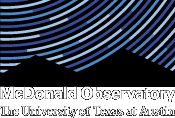GMT Mount Stage 1 Contracts Awarded
The Giant Magellan Telescope Organization (GMTO) and its founding partners, including The University of Texas at Austin, are pleased to announce that two contracts have been awarded this week to advance the design of the Giant Magellan Telescope mount. This will lead to a final selection next year of the contractor to fabricate and deliver the structure.

